Yega Sheffield Coffee brewing different brewing filter cups brewing Essex Sheffield Biroya Coffee
Coffee beans from the Yegashafi region of Ethiopia have always been the best-selling beans on the front street, and their bright acidity of citrus and berries are loved by their friends. Recently Qianjie started with Biloya from Yega Ficher to boil the bean in different ways to see if the flavor of the bean is different.
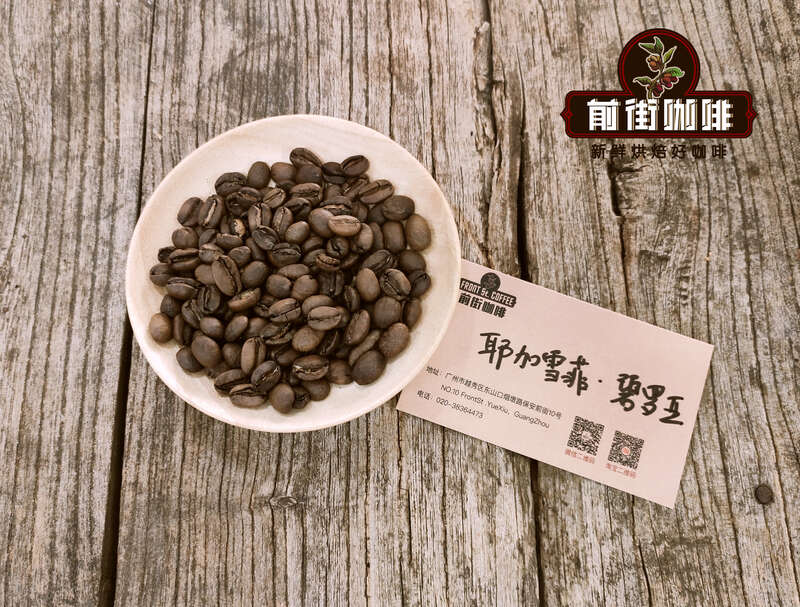
Country of origin: Ethiopia
Producing area: Yega Sheffield Kochel
Processing station: Biloya Beloya
Altitude: 1870-2100m
Variety: local native species Heirloom
Treatment method: sun treatment
Grade: G1
Production season: 2020
Coffee producing area
Cochel is located in a small production area about 25 kilometers southeast of Yega Sheffield. The coffee beans are harvested from local small coffee farmers, which are composed of a large number of small coffee farmers with an average farming area of about 1 hectare and an altitude of about 1900-2000 meters above sea level. Cochel is part of Gaidio Gediyo in the Yirgacheffe of Yega Sheffield and is also one of the most important producing areas of Yirgacheffe.
The Beloya processing station is named after the town where the place name is Kore Biloya, which is located in the Cochelle region of the Yegashefi coffee region in the Gideo district. The coffee at the Biloya treatment station is picked and transported by 211 small farmers nearby. These coffees grow at high elevations of 1870-2100m.

The Biloya treatment station was built in 2001 and can handle nearly 1 million kilograms of coffee and cherries every year. The 138elevated drying beds in the treatment station cover an area of 2.5ha and cover a land area of 1700 square meters. The Biloya treatment station encourages farmers to bring the best coffee to the station to improve the quality of coffee by providing prizes and incentives to the farmers with the highest quality coffee.
Like most coffee growers in other parts of Ethiopia, coffee growers near Beloya grow coffee along with other crops such as bananas and corn. The hills and forests of the area are dense, and the unique trees provide a good shade to ensure the native species of Arabica planted here.
Coffee variety
Regular Ethiopian coffee drinkers should have heard of the original species of Heirloom. Most Ethiopian varieties are named after this name. In fact, it is because there are too many varieties in Ethiopia. It is like the natural gene bank in Arabica. On the one hand, there are many varieties, and it is difficult to identify and classify them. On the other hand, the Ethiopian government is reluctant to disclose the information of these varieties for the sake of protection, so it is collectively called the original species of Heirloom.
The word "native species" refers to the ancient varieties of plants that were originally planted to be eaten, while some people define a variety that takes more than 100 years to be called a native species, while others say 50 years. Then some people define varieties that existed before 1945 as native species, about the time when hybrids began to emerge, or in 1951, when hybrids became more widespread.
Coffee bean treatment
This batch of coffee uses the way of sun treatment and scaffolding to dry. During the harvest season (October to mid-January), when farmers bring fresh red fruits of coffee picked from trees to the cleaning station, they first have to visually check to make sure that each bag of coffee received is full of red fruit.
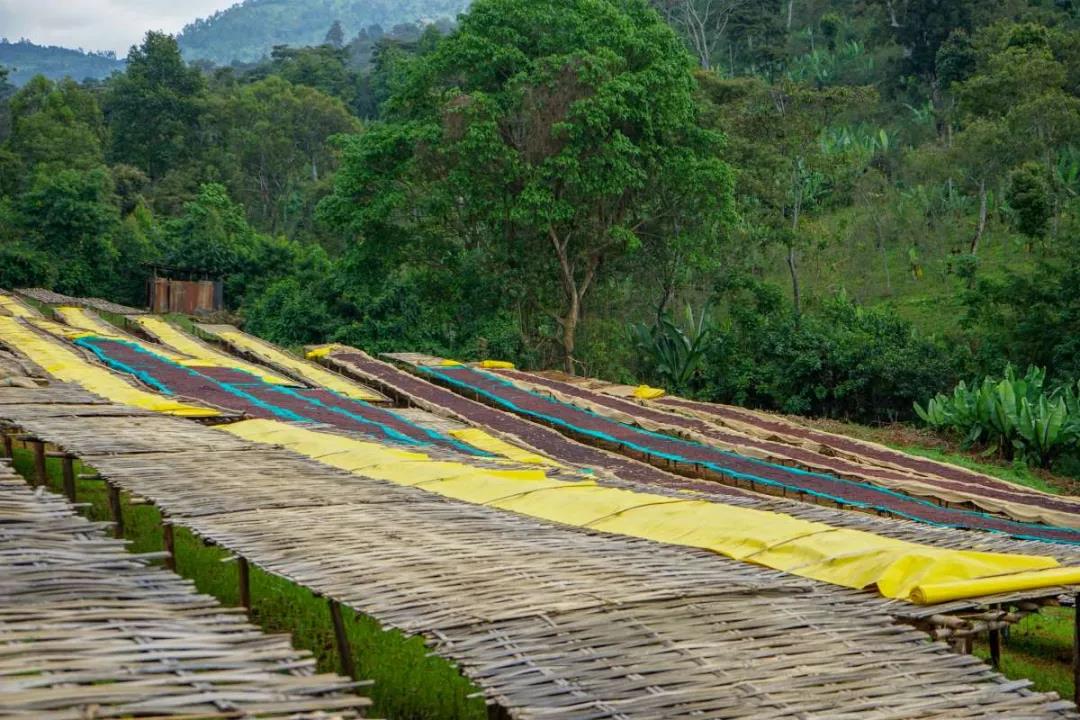
First of all, separate the coffee fruits sent to the cleaning station by hand to remove the defective coffee fruits with lower density. Then spread the qualified coffee fruit flat on the elevated drying bed for drying, which takes about 21 days. Dry the coffee fruit until the moisture content is about 12%. During the sun, Biloya's staff will check and remove overfermented and mold-infected coffee fruits, giving the coffee a clean and elegant flavor.
Baking record in Qianjie & suggestion on the temperature of cooking water
In order to highlight the bright citrus berry acidity of Yega Chuefei coffee and the sweetness enhanced by sun treatment, Qianjie roasters roasted the beans to a medium-light level. The suggestion for shallow baked beans is 90-91 ℃. The aroma and acidity of shallow baked beans can be extracted with higher water temperature, because the quality of shallow baked beans is hard, and increasing water temperature can increase the extraction efficiency of coffee powder and avoid unpleasant flavors such as acidity.
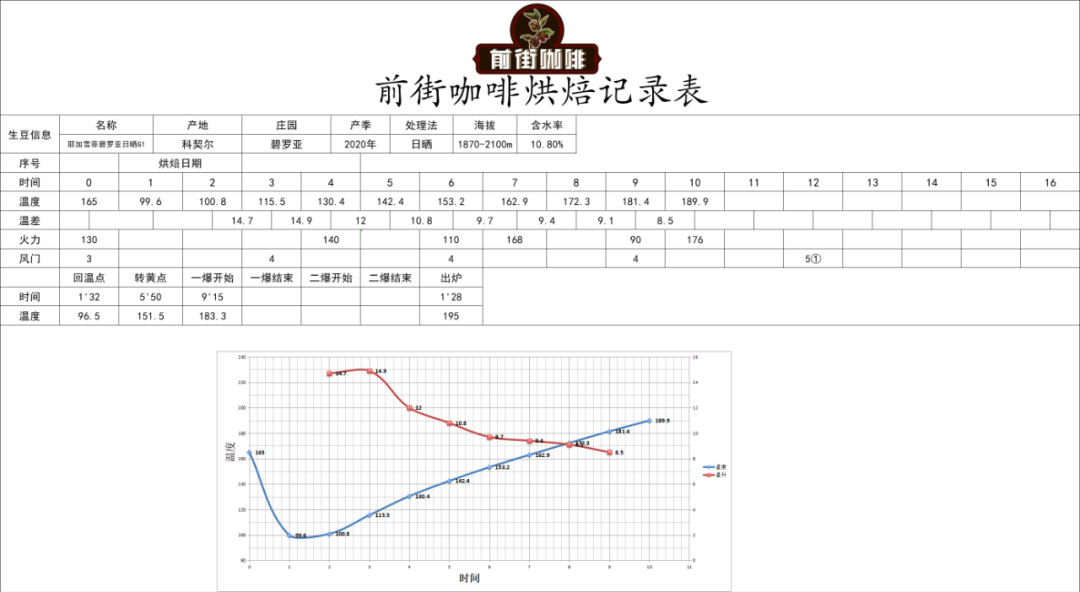
Let's first take a look at the cup test report of this bean Qianjie coffee.

Qianjie cooking parameters:
Water temperature: 90-91 degrees
Powder content: 15g
Degree of grinding: degree of grinding of fine sugar
V60 brewing
V60 tapered filter cup mouth is relatively large, coupled with its unique spiral curve ribs, so that the air can be discharged more easily to improve the extraction quality. The taste may not be thick enough, but its high concentration of sweet and sour and obvious aroma is a major feature of it.

Qianjie cooking technique: the first section is filled with 30 grams of water for 30 seconds, followed by 95 grams (the electronic scale shows that about 125 grams), and the injection is completed in about 1 minute. When the water level drops to 2 grams in the powder layer, the remaining 100 grams are injected at 3 places (about 225 grams shown by the electronic scale), about 1 minute and 40 seconds. 2: 03 "trickling is completed, remove the filter cup and complete the extraction.
V60 flavored flavor: lavender aroma, rose, citrus acidity, berry, honey finish.
Cake cup brewing
The special design of the diversion groove is replaced by the crease of the filter paper, the filter cup is not directly affixed, the area of direct contact between the paper and the filter cup is reduced, and the maximum extraction area is created. On the one hand, it can help concentrate the extraction, and the hot water can drip down evenly and smoothly, making the coffee extraction more smoothly; on the other hand, it can also slow down the cooling rate.
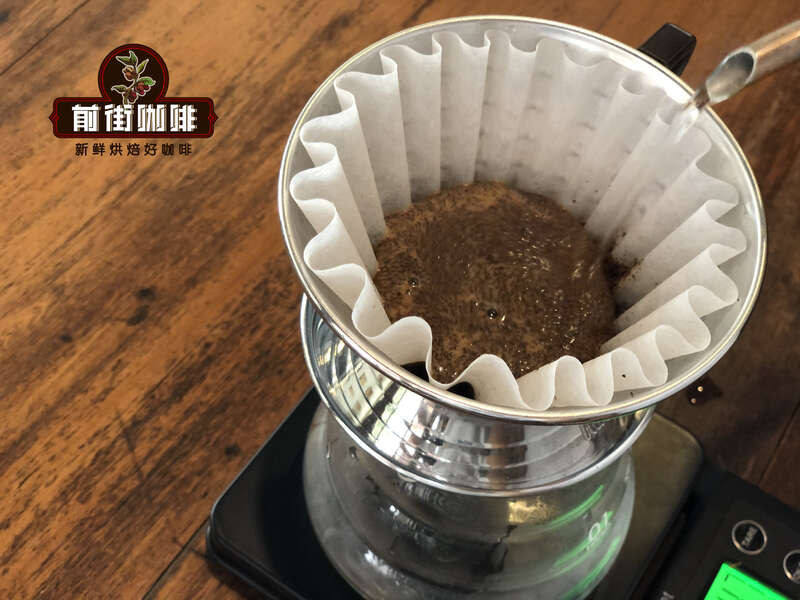
Qianjie cooking technique: the first section is filled with 30 grams of water for 30 seconds, followed by 95 grams (the electronic scale shows that about 125 grams), and the injection is completed in about 1 minute. When the water level drops to 2 grams in the powder layer, the remaining 100 grams are injected at 3 places (about 225 grams shown by the electronic scale), about 1 minute and 40 seconds. 1-55 "trickling is completed, remove the filter cup and complete the extraction.
Cake cup cooking flavor: lavender aroma, rose, berry juice fullness, citrus acid, honey, almond finish.
Origami filter cup cooking
The material of origami filter cup is ceramic, so it will be better in thermal conductivity and thermal insulation performance. The diversion groove of origami filter cup is longitudinal and deep, and the bottom outlet hole is larger, so its flow rate will be faster. The degree of fit between the flat bottom filter paper and the filter cup is higher, which weakens the function of the diversion trough of the filter cup, increases the water storage function, and soaks the coffee powder. In addition, because the bottom of the flat bottom filter paper is flat, coffee powder can be evenly distributed at the bottom of the filter paper, making the extraction more uniform.
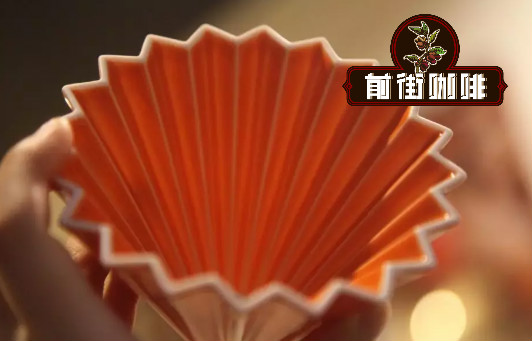
Qianjie cooking method: 33 grams of water steaming for 30 seconds, water injection to 120 grams, water level drop is about to expose the powder bed to 225 grams, water level drop is about to expose the powder bed, remove the filter cup, (steaming starts) extraction time is 1: 56 ".
Origami filter cup cooking flavor: lavender aroma, citrus, berry acidity, honey finish.
Important Notice :
前街咖啡 FrontStreet Coffee has moved to new addredd:
FrontStreet Coffee Address: 315,Donghua East Road,GuangZhou
Tel:020 38364473
- Prev
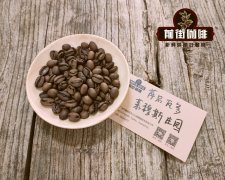
How to brew Salvadoran coffee how to brew black honey to treat coffee beans from Lemus Manor in El Salvador
Qianjie recently bought new Lemus coffee beans from El Salvador, and this time Qianjie brewed this coffee in three different ways to see if the flavor is different. Country of origin: El Salvador El Salvador producing area: Apaneca Mountains Apaneca-Ilamatepec Manor: Lemus Manor Finca LemusBella Vista altitude: 1250
- Next
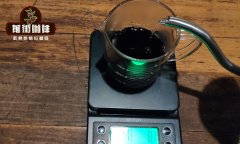
What is By pass theory? What factors should be paid attention to when using bypass coffee brewing?
The word ByPass may be rare in coffee expressions, but it often occurs in practical applications. Most of the time, it is simply understood as mixing the brewed coffee with the right amount of pure water. Is it really that simple? In this issue, baristas are going to talk about ByPass. ByPass is
Related
- Beginners will see the "Coffee pull flower" guide!
- What is the difference between ice blog purified milk and ordinary milk coffee?
- Why is the Philippines the largest producer of crops in Liberia?
- For coffee extraction, should the fine powder be retained?
- How does extracted espresso fill pressed powder? How much strength does it take to press the powder?
- How to make jasmine cold extract coffee? Is the jasmine + latte good?
- Will this little toy really make the coffee taste better? How does Lily Drip affect coffee extraction?
- Will the action of slapping the filter cup also affect coffee extraction?
- What's the difference between powder-to-water ratio and powder-to-liquid ratio?
- What is the Ethiopian local species? What does it have to do with Heirloom native species?

